A cast iron nasone fountain near the Circus Maximus in Rome, Italy, one of thousands serving the city’s thirsty pedestrians. Video via Adobe Stock
November 16, 2024
In antiquity, Rome was known as Regina Aquarum, the “queen of the waters.” With its thousands of fountains, from the ever-flowing drinking taps referred to as “nasoni” to the hundreds of gushing marble statues, the city takes pride in its 24/7 show of liquid plenty. So when the Italian director Paolo Virzì showed the Tiber River completely dried up in his 2022 movie Siccità (Drought), it struck fear in the heart of Romans: One day, water might not be there.
That cinematic fiction might be closer to reality than is generally acknowledged. Over the last 10 years, Rome has undergone several droughts, ranging in intensity from medium to severe, followed by years only slightly less dry that did not allow for a complete recovery of water resources before the next drought.
In September, the scenic Tiber, which cuts through the city center between 18.5-meter-high embankments, fell to one of the lowest levels ever recorded. After months without rainfall, it hadn’t dried up completely, but it stagnated, with portions so shallow they became smelly, plastic-littered swamps full of pent-up green algae. According to AUBAC, the agency responsible for monitoring water resources in central Italy, the river’s flow, usually around 130,000 liters per second, fell under 80,000 liters per second.
The Tiber’s highs and lows. Rome was founded on the eastern banks of the Tiber River. In the 1930s, Benito Mussolini installed a monument at the source of the river, in Central Italy, that reads, in Latin: “Here is born the river / scared to the destinies of Rome.” Drought can lower water levels and reveal polluted river beds, as seen in this comparison of the Tiber along Rome’s Sant’Angelo bridge in July 2022 (right) and August 2023 (left). Left photo by Vito Arcomano / Alamy; right photo by Matteo Nardone/Pacific Press via ZUMA Press Wire.
The Tiber is a tell-tale indicator of the state of the capital’s water resources. Romans, in a sense, drink the river’s water, or, more correctly, the water coming from the springs of its tributaries. These springs are being impacted by climate change, throwing their future resilience into doubt. Available data shows that their flow has been below the historical average since the last major drought in 2017. According to the environmental agency ARPA Lazio and its precipitation data (contained in reports on air quality), every year since 2021 has been drier than average in Rome, with 2022 dubbed by the European Union’s Joint Research Center as the worst drought in 500 years. This is of course part of a global trend. According to the World Meteorological Organization, 50 percent of global river catchment areas showed abnormal conditions in 2023.
The number of droughts impacting the Tiber where it originates in the Umbria region has also skyrocketed recently, according to figures calculated by Christian Massari, an eco-hydrologist at Italy’s National Research Council (CNR). Eight severe droughts happened after 1990, with three of them lasting more than a year. “Compared with the period 1950-1990, this is an exceptional record, since during that time only mild droughts were observed,” Massari says.
Drought on the Tiber river, 1950-2023. The figure shows the time series of the 12-month Standardized Precipitation Index (SPI12), commonly used to quantify hydrological droughts—periods with significantly below-normal streamflow. With an SPI below -1, droughts (in red) are considered severe. Chart: Thomas Gaulkin / Datawrapper. Data: Christian Massari.
Rome has struggled to accept this new reality. Public funding is going to construction projects that aim to further exploit the regional system of depleted springs, instead of making water conservation a priority.
If the city fails to act, strict rationing during the ever-longer dry season is on the horizon. Water rationing during the 2017 drought was narrowly avoided but would have impacted 1.5 million people. A measure of this type would most severely impact low-income citizens. During the 2022 drought, the city council and the Acea utility company disclosed a plan in which water would be first cut from the villages and towns in the capital’s province, then from the poorest, high-density suburbs on the eastern and southern sides of Rome, including Tor Bella Monaca and the seaside neighborhood of Ostia. The city center—that is, the area most tourists visit—would be the last to suffer from water cuts. Although purified low-quality (yet drinkable) water from the polluted Tiber could be used during an extreme drought, the cost of treating it could be prohibitive. Eventually, unless conservation efforts are undertaken, everybody in and around Rome will suffer from the water crisis.
Queen of the waters. Thousands of fountains can be seen across Italy’s capital, including more than 2,000 drinking fountains—more than any other city in the world. Photos by Federico Ambrosini
A hotter, drier climate. Rome has always been warm most of the year, but with climate change, it is trending even hotter. In its latest bulletin, AUBAC reported that temperatures in the city and its surroundings stayed above the average for 80 percent of this year, with a 1.4 degree Celsius (2.52 degrees Fahrenheit) general increase. It also rained 25 percent less in the last 12 months compared to the last 30 years.
Water in Rome and most of the Lazio region is managed by Acea, the multi-utility company formerly run by the city council but now public, with multinational interests in the energy and waste management sectors. The city council still holds a 51 percent share of Acea.
To serve the needs of around four million Romans, the utility company taps into three primary sets of springs that would otherwise enrich the tributaries of the Tiber. These springs are the Peschiera, the Le Capore, and the Aniene, also known as the “Acqua Marcia.” Together, the Peschiera and the Le Capore provide 60 percent of Rome’s water needs. The Aniene springs feed the river of the same name, which crosses the capital and is a major tributary of the Tiber.
There are no other significant sources of water in the region, making the conservation of these three springs a question of survival for the capital.
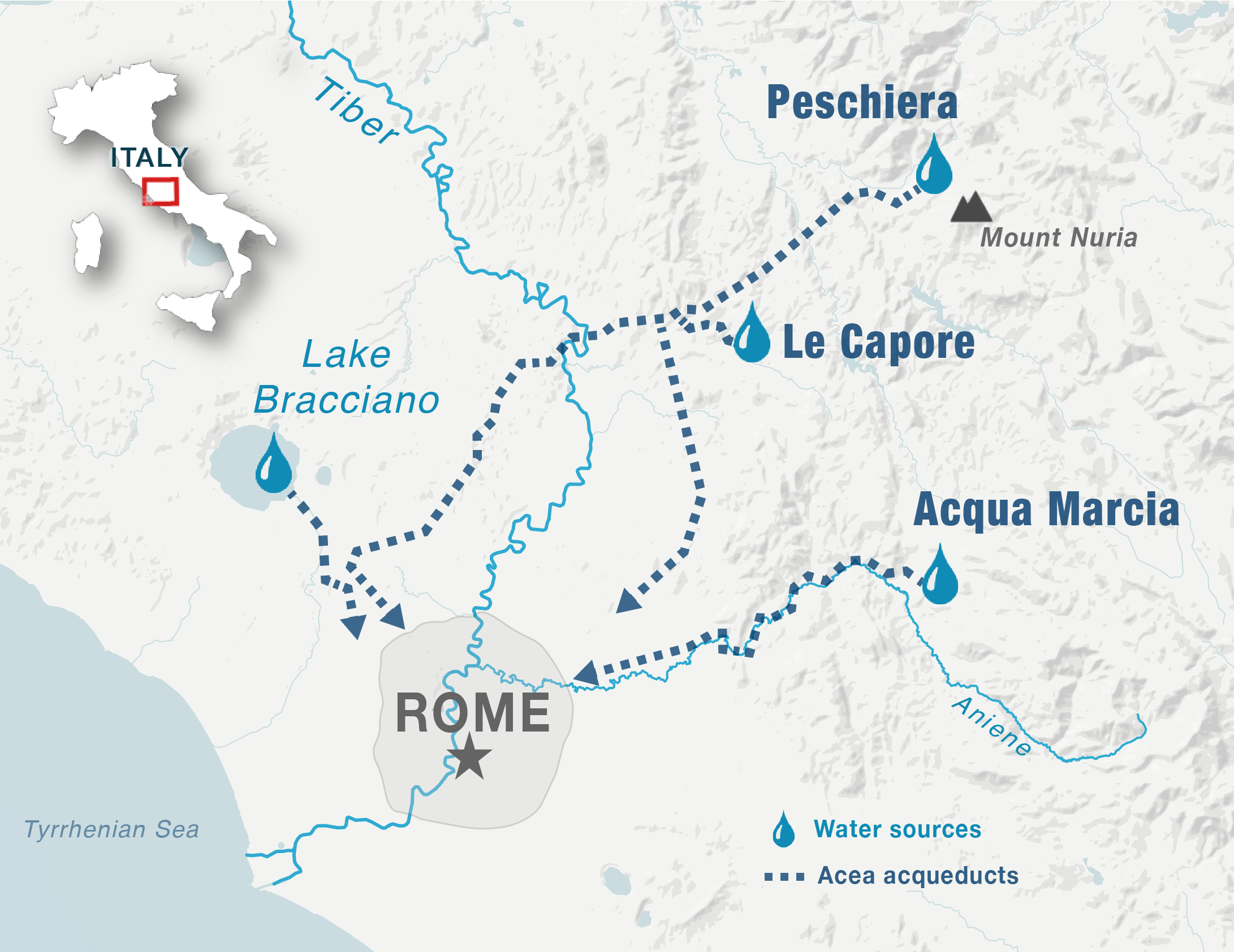
Roman aqueducts. Springs around the Apennine mountains feed several of the Tiber river’s tributaries, and have been tapped as a source of water for the region’s inhabitants since the Roman empire. Map by Thomas Gaulkin
Assessing the status of Rome’s water. Data show that the springs feeding Rome are not recharging as fast as they have in the past. Their flow is now under the 25th percentile, indicating that the water absorbed by the springs from precipitation is lower than what precipitation provided in at least 75 percent of the previous years. This precipitation shortfall results in lower outputs for the biggest springs, and in a faster depletion rate for smaller springs, like the Aniene. Spring water is becoming scarce at the beginning of the summer rather than at the end of autumn when rainfall should replenish the springs again. AUBAC refused to comment on its data.
For atmospheric scientist Giampietro Casasanta, there is evidence that Rome’s springs are impacted by a cluster of climate change anomalies.
On my request, Casasanta aggregated 15 years’ worth of data from the weather stations near the springs to assess whether the local trends for climate anomalies were in line with the national trend of higher temperatures and less rainfall, as delineated in the climate scenarios of the Ministry of the Environment. The weather stations’ data is accessible online on the ARSIAL network, the Regional Agency for the Development and Innovation of Agriculture in Lazio, and other research networks.
The results show that rainfall is decreasing by more than one percent per year in the area of the Peschiera springs, while temperatures are rising by about 0.10 degrees Celsius (.18 degrees Fahrenheit). For three of the four Aniene springs, temperatures are rising at a slower rate, but precipitation is decreasing at approximately the same rate as the Peschiera.
Decreasing rainfall
Increasing temperature
Changes at Rome’s springs, 2009-2023. Precipitation and temperature records gathered from weather stations near the springs show the warming trend is matched with increasingly dry conditions, a combination that experts believe is reducing the supply of available spring water for longer periods every year. Charts: Thomas Gaulkin / Datawrapper. Source: Giampietro Casasanta / ARSIAL.
There was a pivotal trigger moment for the flow rate decrease: the 2017 drought. At the time, Rome risked water rationing, a previously unimaginable reality in the history of the capital. The drought was made worse by the sorry state of Acea’s pipelines, with water losses from leaks in the network nearing 50 percent, meaning half of the water was lost before arriving at its destination. To compensate, Acea depleted Lake Bracciano, a volcanic basin that serves as an emergency reservoir for Rome but also as a regional natural park. The lake shrunk, and its ecosystem was heavily affected. Since then, it has never fully recovered. Acea is currently facing criminal charges for environmental damages as a result of that draining.
The city council admitted in its Climate Adaption Strategy that efforts to reduce leakage in Acea’s pipelines “have already made it possible to overcome crises that have occurred in the past, averting in recent years any drawdown of sensitive natural resources such as those from Lake Bracciano.”

A draining lake. A timelapse video of the Lake Bracciano shore throughout 2017, when the Acea Group drained water to supply Rome an offset shortages due to severe drought. By November that year, lake levels had dropped to a record low of 6.5 feet below normal. Video by Bracciano Smart Lake
Taking snow into account. Rainfall is not the only water source for springs, nor the most reliable. “The snow is a great indicator of the health of the water resource, in general, and of future issues,” hydrologist Francesco Avanzi says. Snowmelt slowly infiltrates into the ground, making it a more efficient input of water for springs than rainfall, which is inconstant and less easily retained by the soil. Bursts of extreme precipitation are lost even more quickly.
Avanzi works at the Cima Research Foundation, an international center focused on environmental monitoring. In April 2024, Cima estimated that snow on the central Apennines—a mountain range that occupies most of central Italy—was 80 percent below historical averages for the last 10-12 years. The Apennines are responsible for the Tiber’s water system and, in turn, Rome’s. In February 2024, Cima registered a 93 percent deficit of snow runoff in the Tiber during peak snow season.
“That number means that, if I had melted all the snow affecting the Tiber at that moment, I would have obtained only 7 percent of what I usually get in a year, according to last decade’s average,” Avanzi says.
Cima uses a mathematical model that incorporates weather data. Cima later adjusts its estimates by comparing them with real-time measurements from on-the-ground stations and agencies, including the forestry police, and satellite imagery.
“Our monitoring system has [been in operation] less than 15 years, so we cannot identify a trend, it’s not enough time,” Avanzi says. However difficult to determine the curve, it is safe to assume snow has recently diminished over the Apennines.
Snow is not as pivotal for the Tiber as it is for other Italian rivers, but it is for the springs that serve its tributaries, and particularly for those feeding Rome. A recent study traced most of the water of the Peschiera springs back to Mount Nuria, part of the Apennines mountain chain.
If it does not snow or rain enough, where will the water come from?
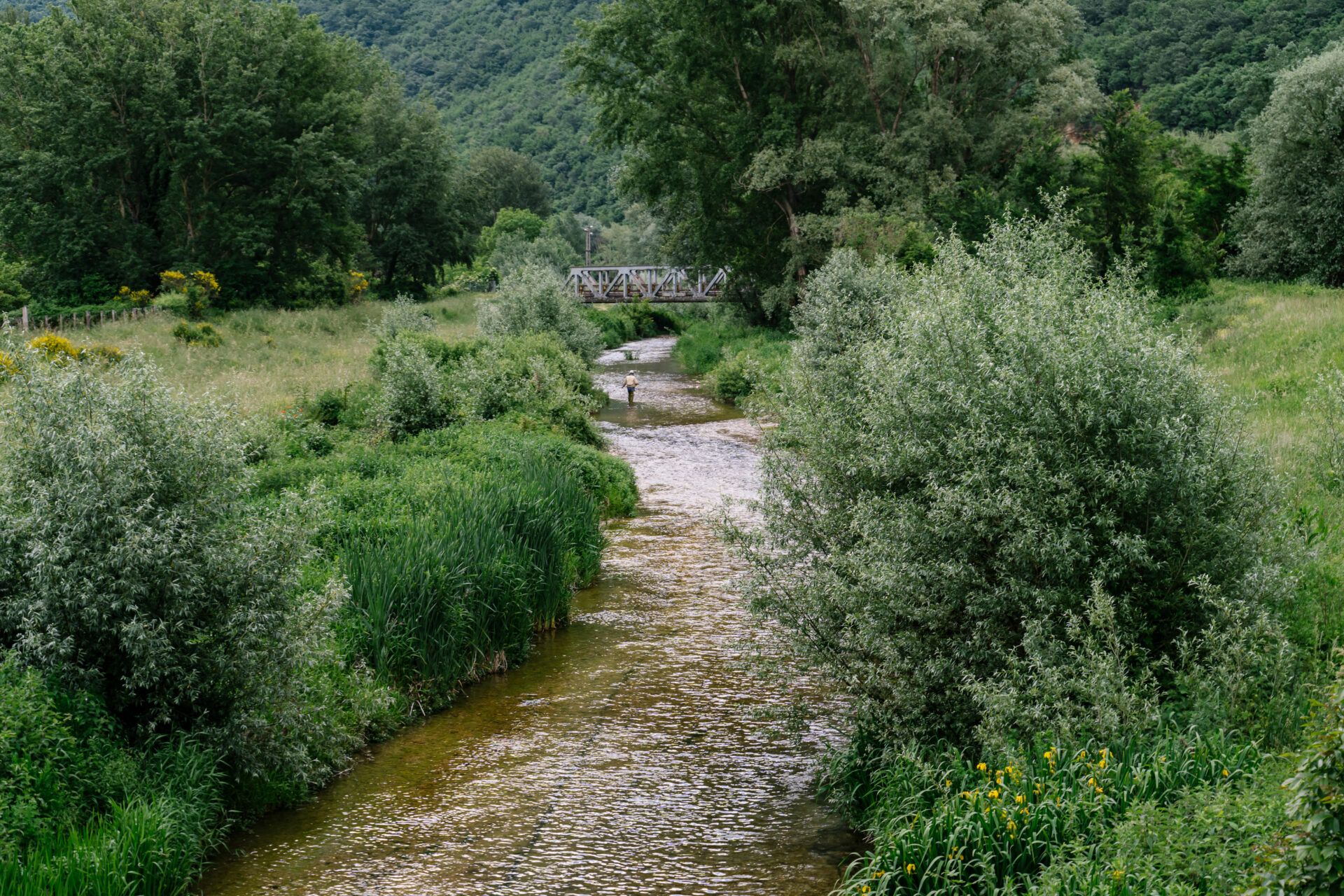
The source. The Peschiera springs, located northeast of Rome near Mount Nuria, are the city’s single largest source of water. Photo by Federico Ambrosini
The Peschiera springs. The Peschiera springs are the largest single source of water for the capital. The city takes from the springs’ flow around 8,500 liters per second of the 21,000 liters it needs. They are also one of the most reliable sources in Italy, because of the geological conformation of Mount Nuria. Water and snow take over six months to filter through the rocks, making water available even during droughts. However, in recent years, the flow rate fell from a 20,000 liters per second maximum to between 15,500-17,000 liters per second.
Notwithstanding this negative trend, Acea intends to build a new aqueduct and to officially increase withdrawals from these springs up to 10,000 liters per second. The old aqueduct would also remain active, with an unofficial end-of-construction capacity of around 19,000 liters per second. Acea’s plans were heavily criticized by environmentalists.
The Peschiera flows through the San Vittorino plains, a biodiversity haven. Here water surfaces everywhere, through rivulets, thermal baths, and even a lake, the Paterno, where the emperor Tito built a villa 2,000 years ago. The Peschiera contributes to the Velino, a major tributary to the Tiber. Environmentalists fear the consequences of taking more water might put this paradisiac but already overexploited system in danger, as happened with Lake Bracciano.
The view upstream. Nestled at the foot of Mount Nuria in the Apennine mountain range, Acea’s aqueduct has been directing the waters of the Peschiera spring to Rome since 1949. In recent years, leaks in Acea’s older pipes have caused water losses near 40 percent. At right, a sign on a locked gate marks the “Source of the Peschiera.” Photos by Federico Ambrosini
Where the money goes (and water is lost). In 2017, Acea lost almost 50 percent of its water through leaks in the pipes of the distribution network. Acea has since brought the losses down to 38.4 percent for Rome and its province as of 2023. But that is still a lot of lost water.
According to my estimates, the network loses 8,000 liters per second, almost the equivalent of the overdrafts from the Peschiera springs. Rome alone loses 27.8 percent of water. (The roughly 2,800 “nasoni,” account for just one percent of the city’s usage, while helping regulate the network’s pressure, which is why the drinking fountains are always kept running). In comparison, Milan loses only 14 percent of the water in its distribution system. Efforts toward reducing leakage are moving slowly, with Acea investing very little in water conservation.
As of 2024, according to available documents, little more than 400 million euros had been invested to plug the leaks: 343 million euros from the municipality, including 50 million from European funds; only 100 million euros have been directly invested from Acea, as part of a five-year plan started in 2021.
For comparison, 2.3 billion euros—of which 944 million comes from public and European funds—have been directed to doubling the existing aqueducts.
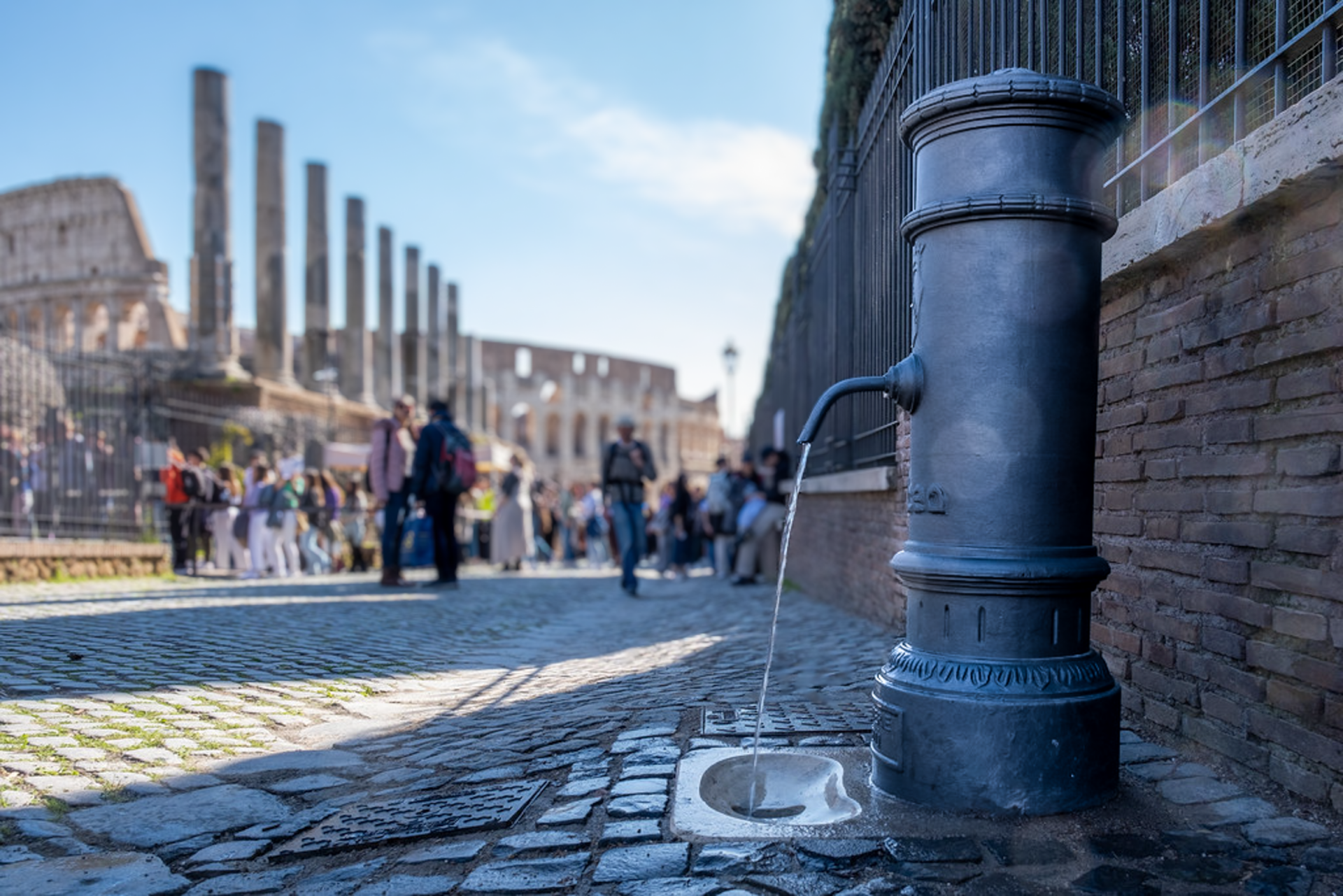
When in Rome, drink as the Romans do. A cast iron nasone fountain outside the Colosseum in Rome, stamped with the logo of the regional water utility, Acea. There are roughly 2,800 nasoni around the city, which provide people with free drinking water. (Photo: Acea Group)
The aqueduct expansion project has been treated as a panacea for all problems, though it is not. The plan includes building new pipelines side by side with the old ones, which are indeed a century old, to make maintenance easier. In the end, though, Rome might end up with state-of-the-art aqueducts—and a worse water crisis than before, if no other investments in conservation are made in the meantime.
This is because the current cost of the project only accounts for the first halves of the pipelines. Making Rome the first capital with a doubled main aqueduct will take a few decades at least and many more billions of euros, draining resources for other solutions.
Construction of the new Marcio aqueduct started this year, while the doubling of the Peschiera is scheduled for 2025.
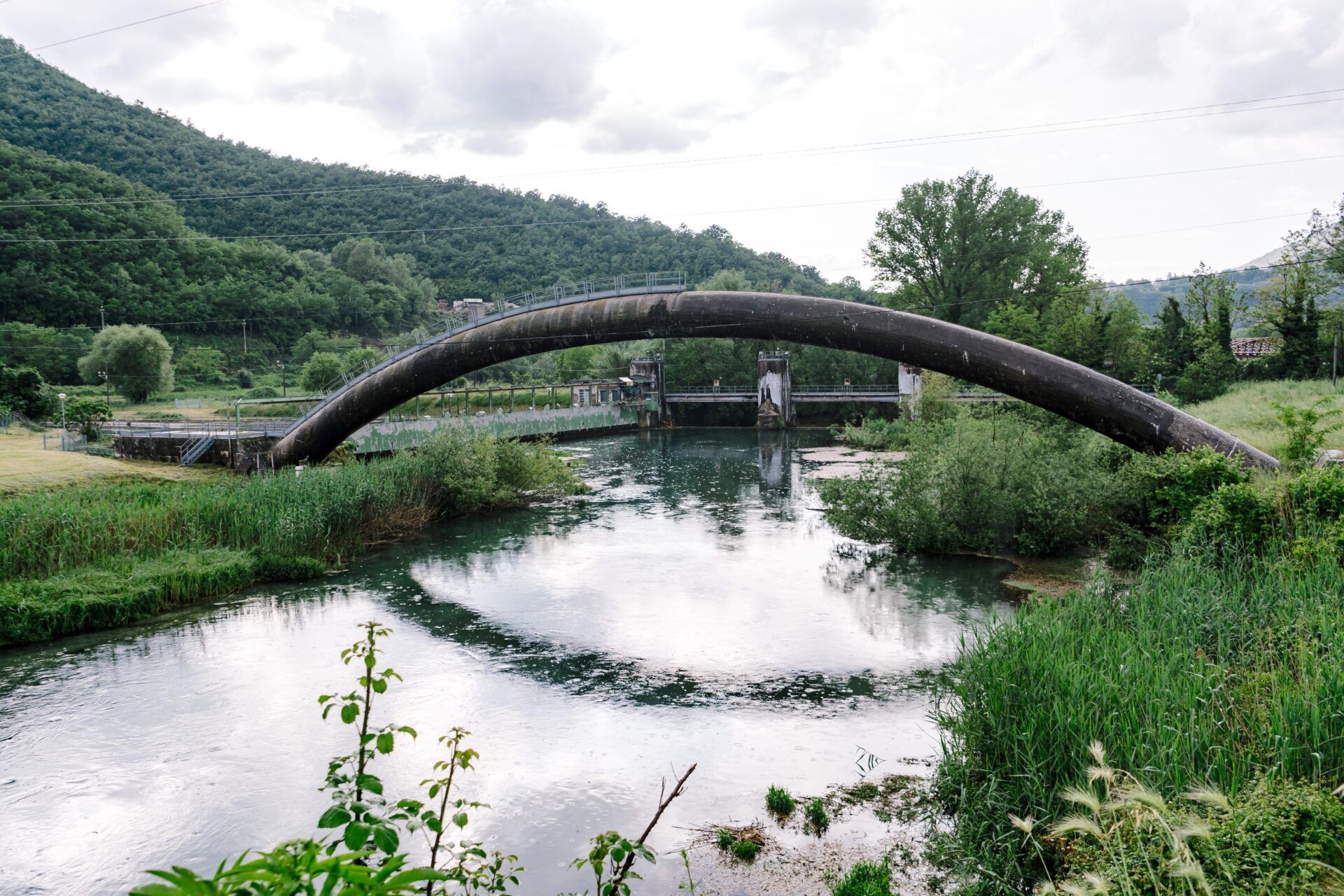
Going with the flow. Thousands of miles of pipes and canals supply water both for Rome’s drinking water and for hydroelectric power generation. Here, a tributary river of the Tiber, the Velino, meets with the Peschiera near a hydroelectric plant in Cotilia. Over time, the flow of both rivers has diminished as a result of water withdrawals.
Photo by Federico Ambrosini
Oher costly solutions have been discussed. They included a desalination plant and two water purifiers on the Tiber, but eventually, only one of the latter was built—though both were approved. The issue with drinking from the river instead of from the springs of its tributaries is that the Tiber suffers from one of the highest cases of mercury contamination in Europe, among other types of pollution. All the solutions proposed by Acea are based on the assumption that a water crisis can only be solved by using more water sources.
Acea’s response to criticism has been contradictory. It refused to comment on its own data or any analysis based on them. Answering Fondazione Banca Etica, a critical shareholder who brought my questions to the attention of the company, Acea noted that even though the new aqueduct will be able to carry more water, that does not mean the utility will pursue any increase in the amount drawn from the springs, even to 10,000 liters per second. Nonetheless, in previous statements, the company argued that, since they were legally allowed to meet that quota, it did not qualify as an increase.
Left: Original plans for the Acqua Marcia aqueduct as prepared in 1861. Via libreriagonnelli.it
Below: Permission to tap the source of the Aniene river to supply water to Rome was granted by Pope Pius IX in 1865, and announced a month later in the Giornale di Roma. The latest version of the permit does not account for current environmental impacts and climate change, which conservationists worry threatens the river’s health. Via Internet Archive
Centuries’ old permits. In Italy, water permits are usually very old. The permit for the Marcio aqueduct, for instance, dates back to 1865, when the Church ruled over the land. The current version of the document, renewed in 1990, still uses an old unit, ounces (different from US and UK liquid ounces), to account for a fraction of the water needs of the Holy See (in modern figures, 1.04 liters per second).
The permits were designed before climate change was on the agenda, which would be reason enough to call them into question. However, even when recently renewed, the regional government did not demand an up-to-date environmental impact assessment. Acea’s permits will expire in the early 2030s.
The regional government does not know how much water is available in its territory, because it has never conducted a thorough assessment of the resource—in technical jargon, a water balance estimation—even though one was prescribed by regional laws. It gets worse: During the environmental impact procedure for the new Marcio aqueduct, the AUBAC declared it could not find any documentation to verify Acea’s quotas. Since all the Aniene’s springs are tapped and overexploited, to the point of significantly reducing the river’s flow during droughts, verifying quotas is vital.
“The issue with these Italian permits is that they are on a fixed quota, meaning that the aqueduct overdraft remains the same during droughts, when water is most needed not only for humans but for the entire ecosystem, thus putting it in crisis,” CNR eco-hydrologist Christian Massari says.
“In a healthy ecosystem, the vegetation consumes water but also helps to protect the minimum in-stream flow, making water move slower and capturing it in part. In a degraded ecosystem, you lose water faster,” Massari adds. Though there are many variables at play, healthy ecosystems can possibly favor more local rainfall and fight off temperature anomalies, he adds.
This is what water conservation advocates are asking of Acea. The company should ease pressure on springs to keep the ecosystem wet and balanced, thus making it more resilient to changing temperatures and preserving the water cycle for generations.
European and regional laws prescribe respecting the “minimum ecological water flow” for rivers—that is, the minimum flow that can sustain a healthy ecosystem. However, the Lazio region has yet to determine them for most of the Tiber’s tributaries.
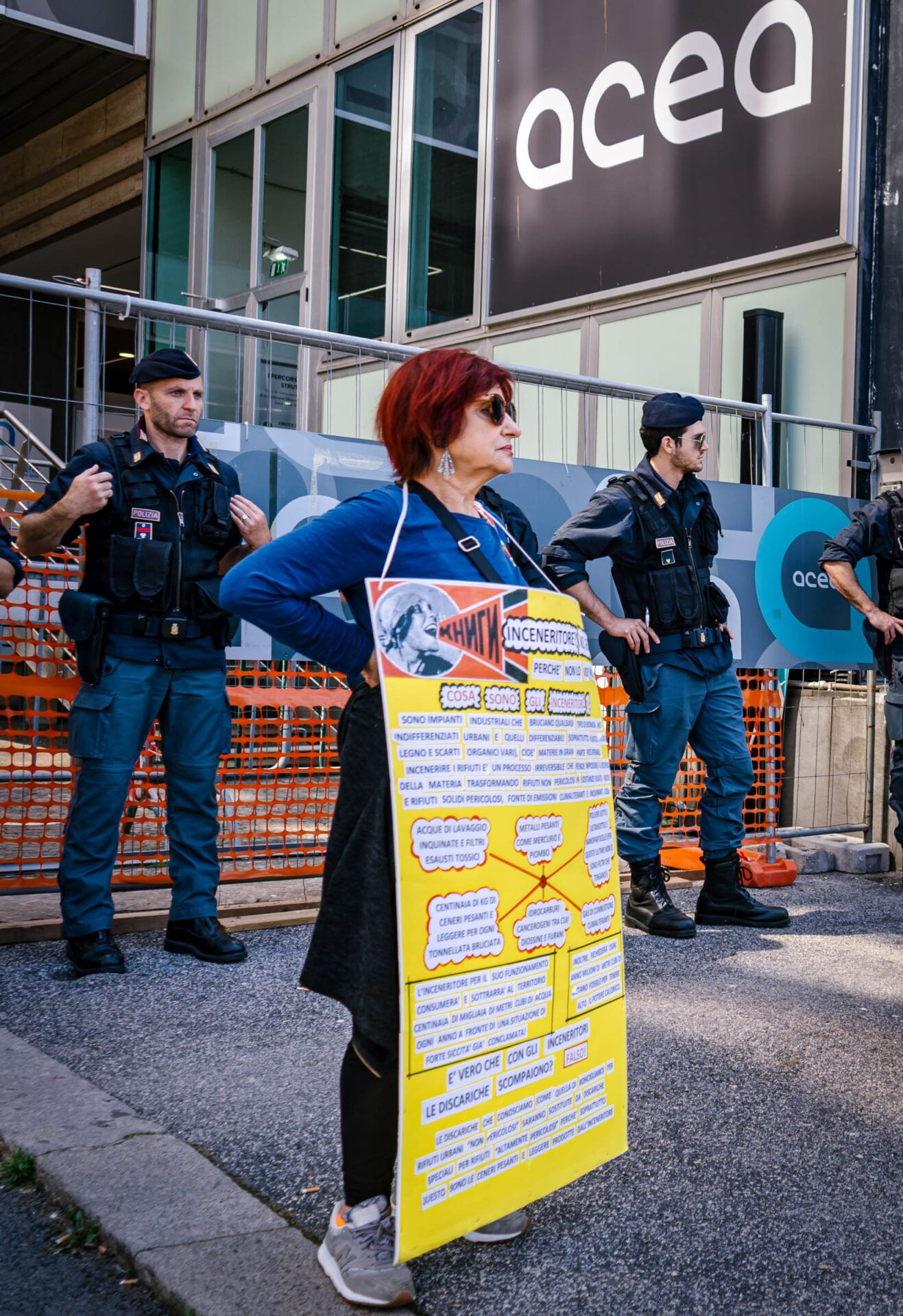
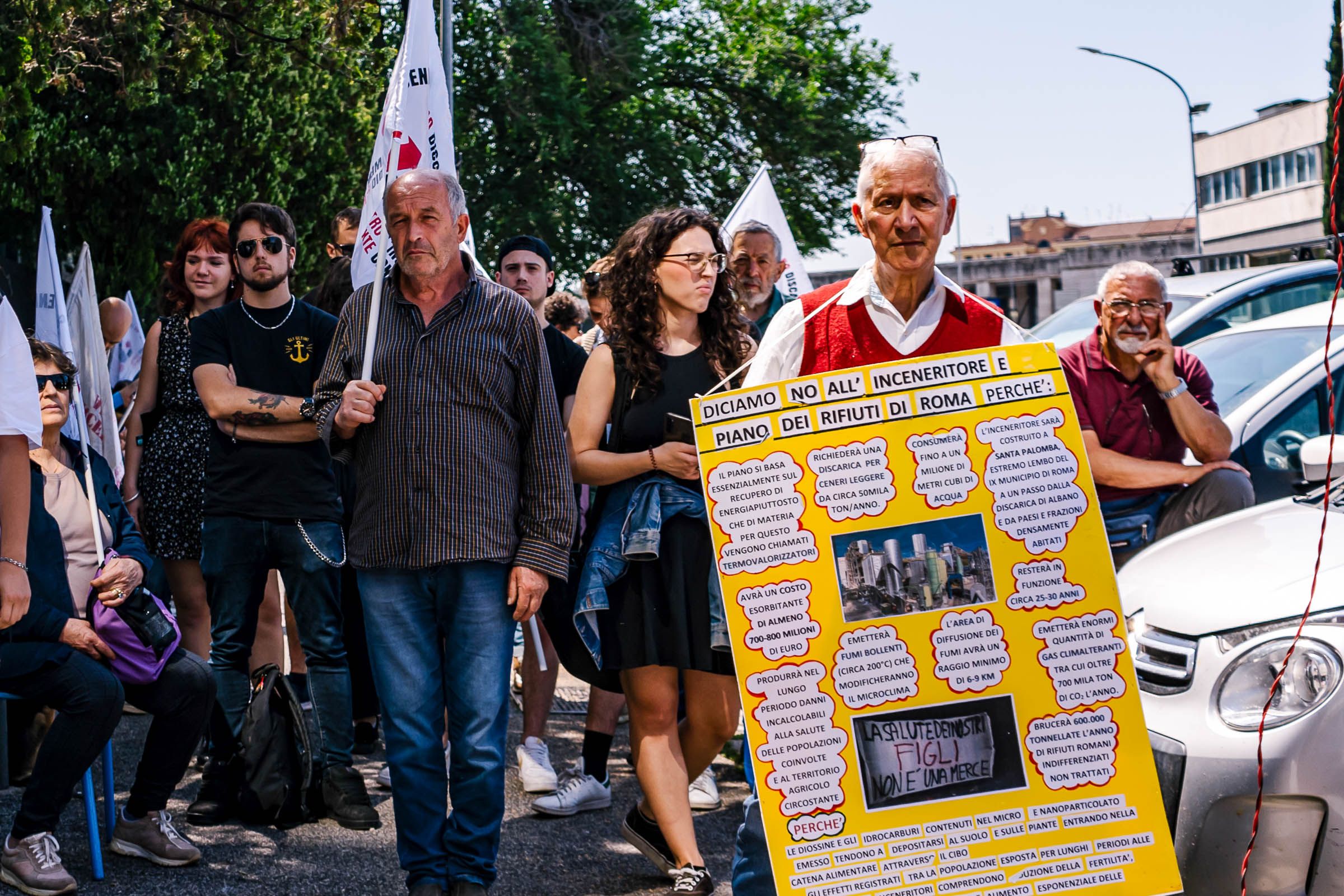
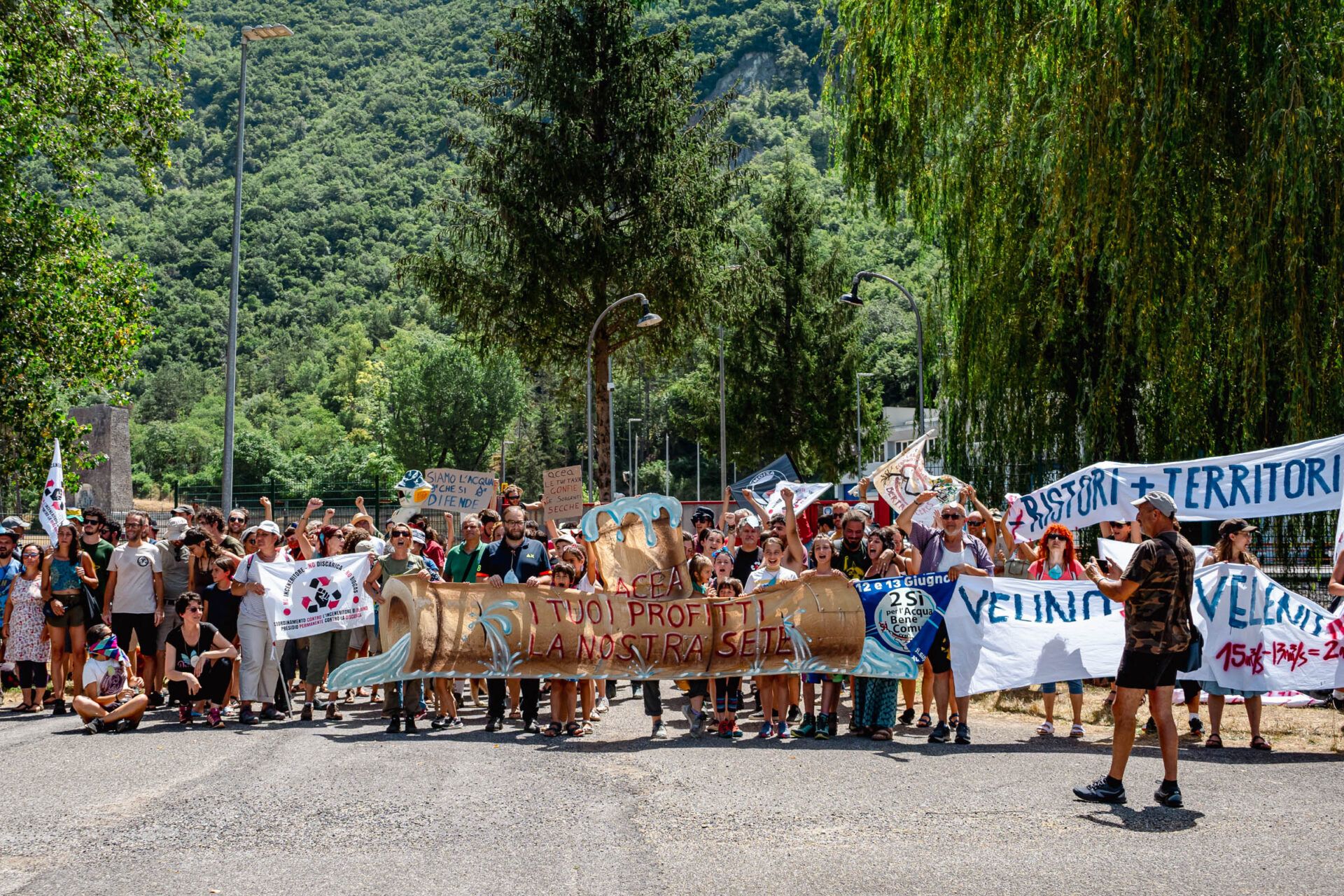
Against the flow. Top: Opponents of Acea’s garbage incinerator project protest outside its Rome headquarters on May 26, 2023. The incinerator will need 240,000 liters of water per day to operate when it opens in 2027. Bottom: Protesters in front of Acea’s Peschiera facility on July 16, 2023. Photos by Federico Ambrosini
The cost of delay. Only recently, a municipal plan envisaged a solution that activists from the Forum dell’Acqua, the national network of water advocates, have been promoting for years: recycling purified wastewater for industrial, agricultural, and non-drinkable uses, such as toilet flushes.This would require creating a secondary network of pipes—a dual water distribution system—but it would benefit the city long-term by easing pressure on local resources, giving them time to recharge.
The European Water Framework 2000, which Italy adopted in 2017, prescribes a reduction of water withdrawals. The Framework identifies its major goal in preserving good water for future generations, not consuming it to solve human-made, fixable crises. Such intervention would require billions of euros and probably require decades to finish, but so will completing the doubling of the aqueducts.
Investments in a dual distribution system are already in place for certain industrial uses, though it is unclear their impact or extent in the private sector as per 2024. Moreover, Rome’s city council has yet to commission a feasibility study for large-scale projects for domestic use. Recently, Acea stressed the important of reusing purified wastewater by signing an agreement on water protection with Intesa San Paolo, Italy’s biggest bank, in 2024. Intesa, in turn, promised 20 billion euros to support innovation in the national water supply chain.
Another solution could be water smart-meters, which can help locate leaks in the system, and enable preventive actions. In 2022, after the green light from European antitrust authority, Acea and its main private shareholder and partner, the French multi-utility Suez—which owns nearly a quarter of the Italian company’s share capital—started a joint venture to develop next-gen smart meters for the water sector. At the time, Acea was committed to reducing leakages through digitalization. However, there’s no news so far on the advancement of the project. The company seems more preoccupied with expanding into the waste management sector. Acea recently won a contract to build a new incinerator in Rome. Notwithstanding the water crisis, the structure will consume 240,000 liters per day for system and incineration residues cooling. It will be operative in 2027.
A water crisis would certainly have consequences for local agriculture and industry. In the long term, the corresponding biodiversity loss from prolonged drought would contribute to the local desertification trend, as 18 percent of the region is already deemed “arid,” notwithstanding the apparent seasonal plenty of water. Climate change is coming for the region. To avoid being unprepared, fast action on water conservation is necessary, as any policy will take years to come into effect.
If Rome does not invest in actual solutions soon, the Regina Aquarum might have to close its fountains and lose its crown.
This article was developed with the support of Journalismfund Europe.
Keywords: Italy, Rome, climate crisis, drinking water, drought, water crisis, water management
Topics: Climate Change, Investigative Reporting
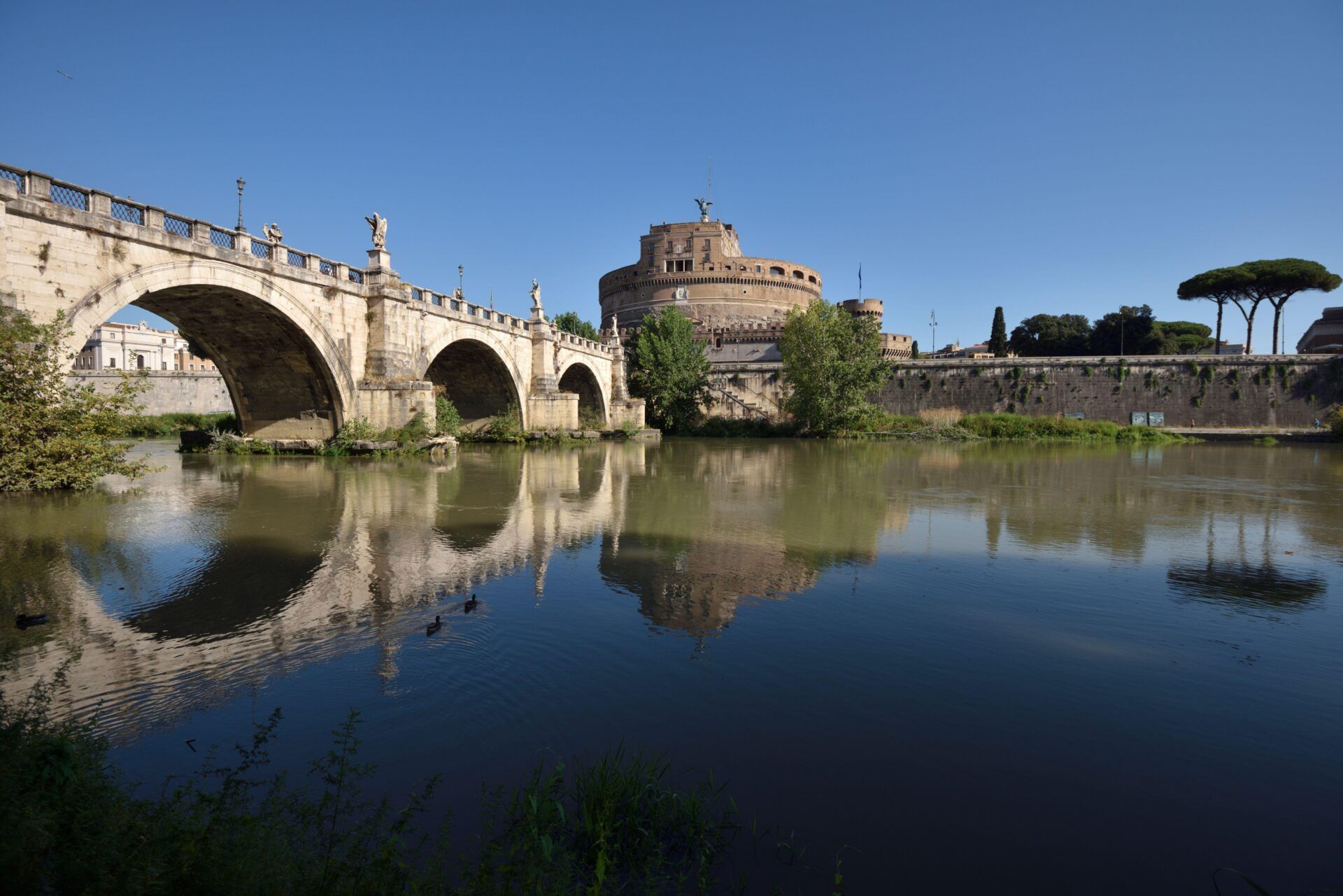
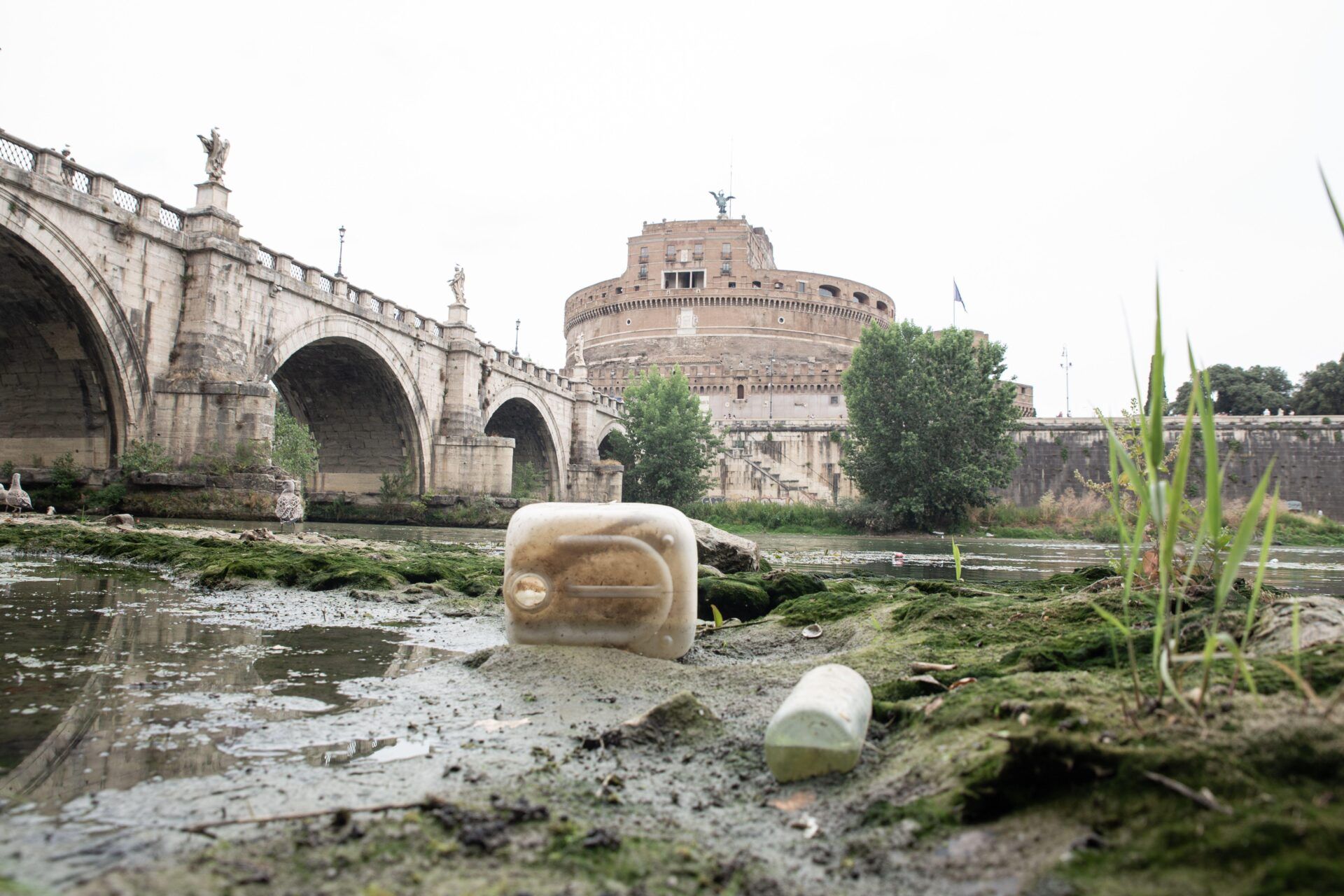
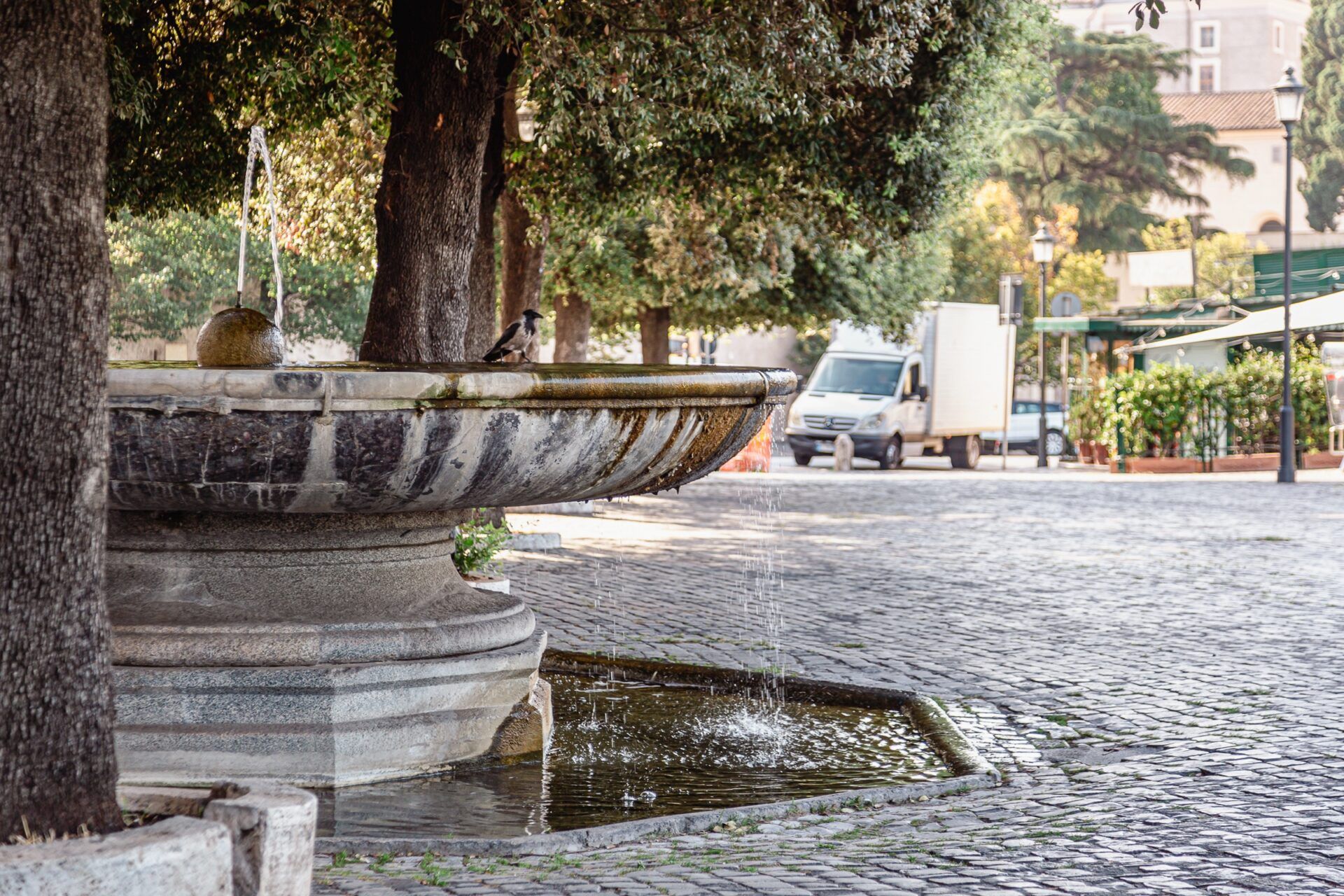
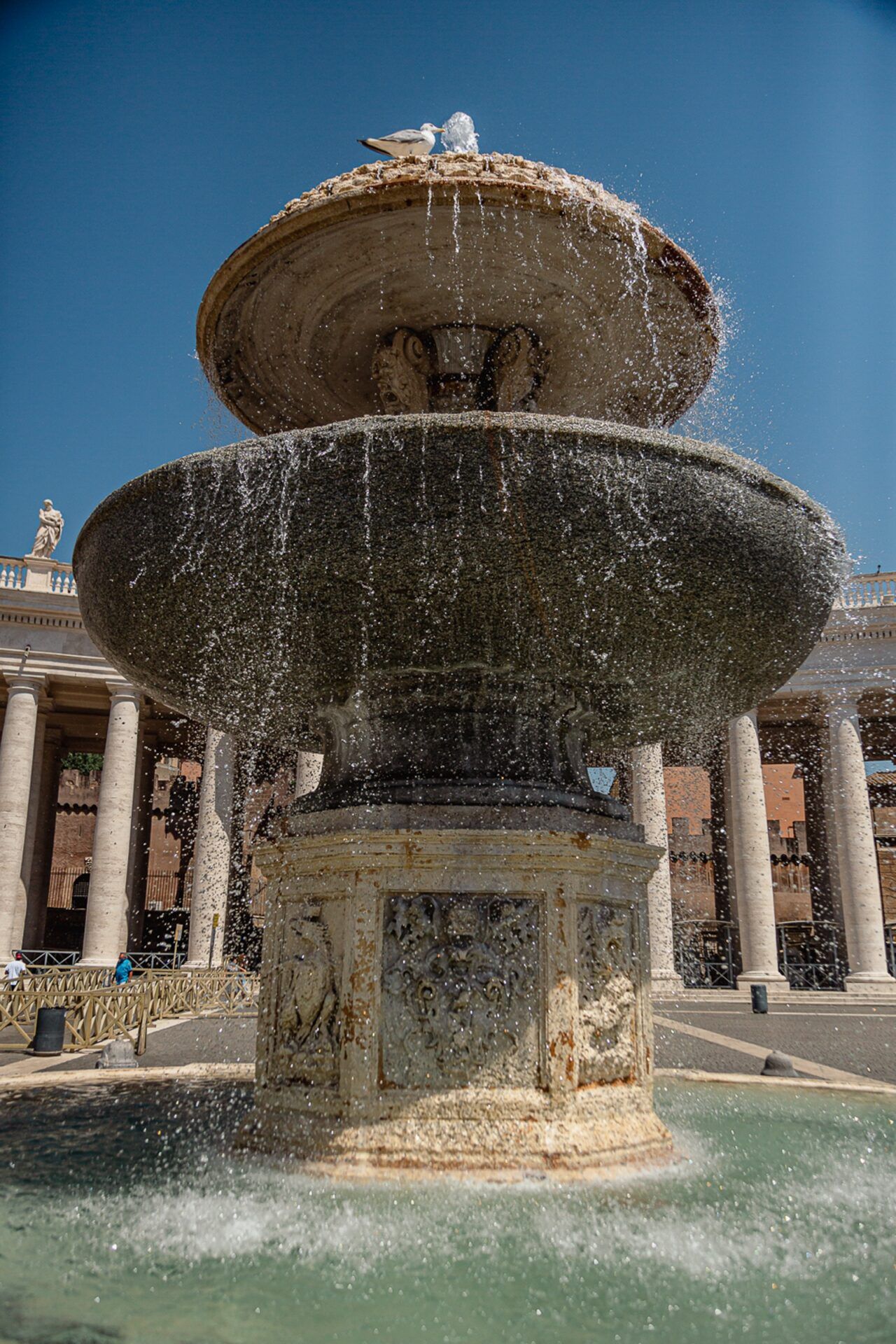
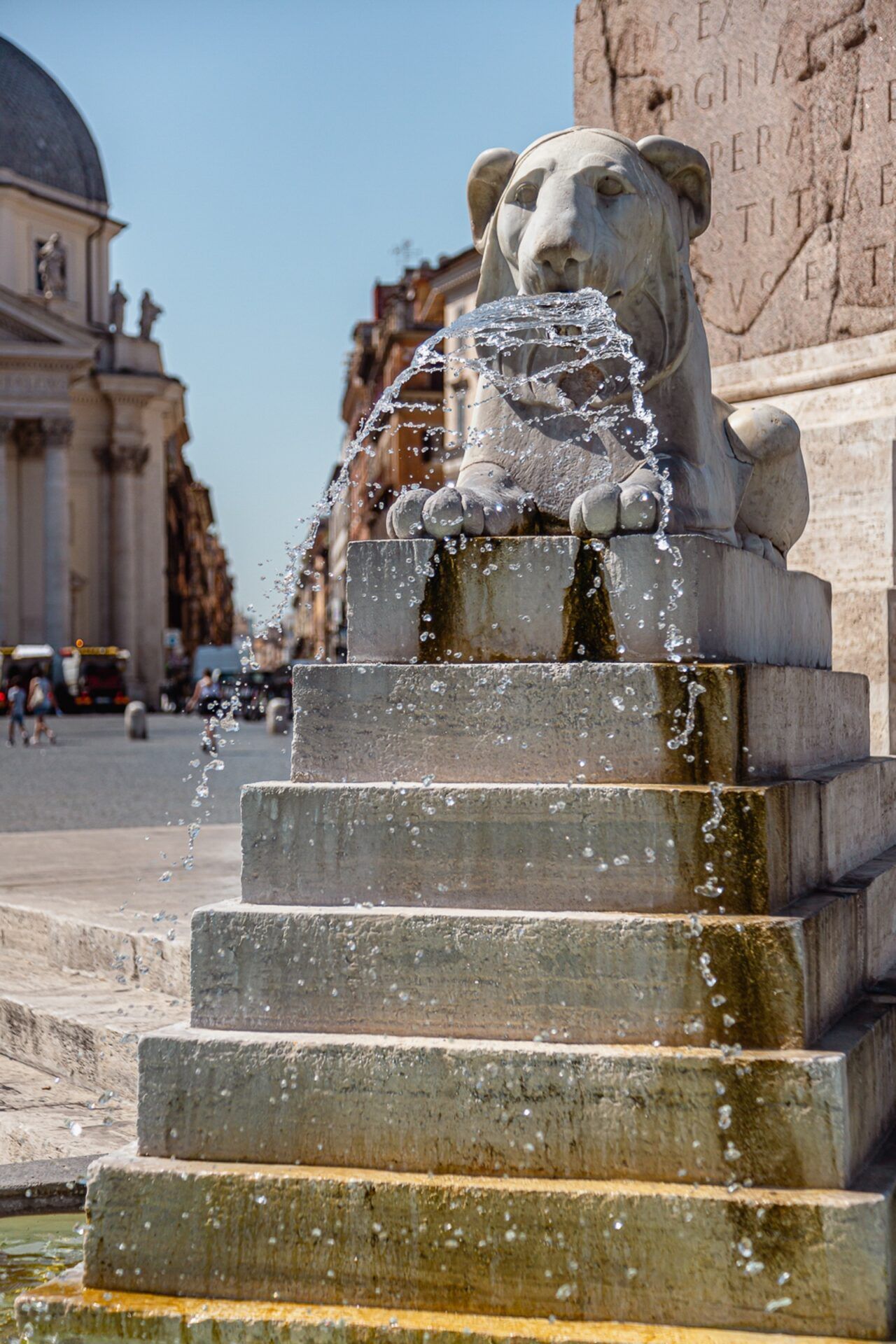
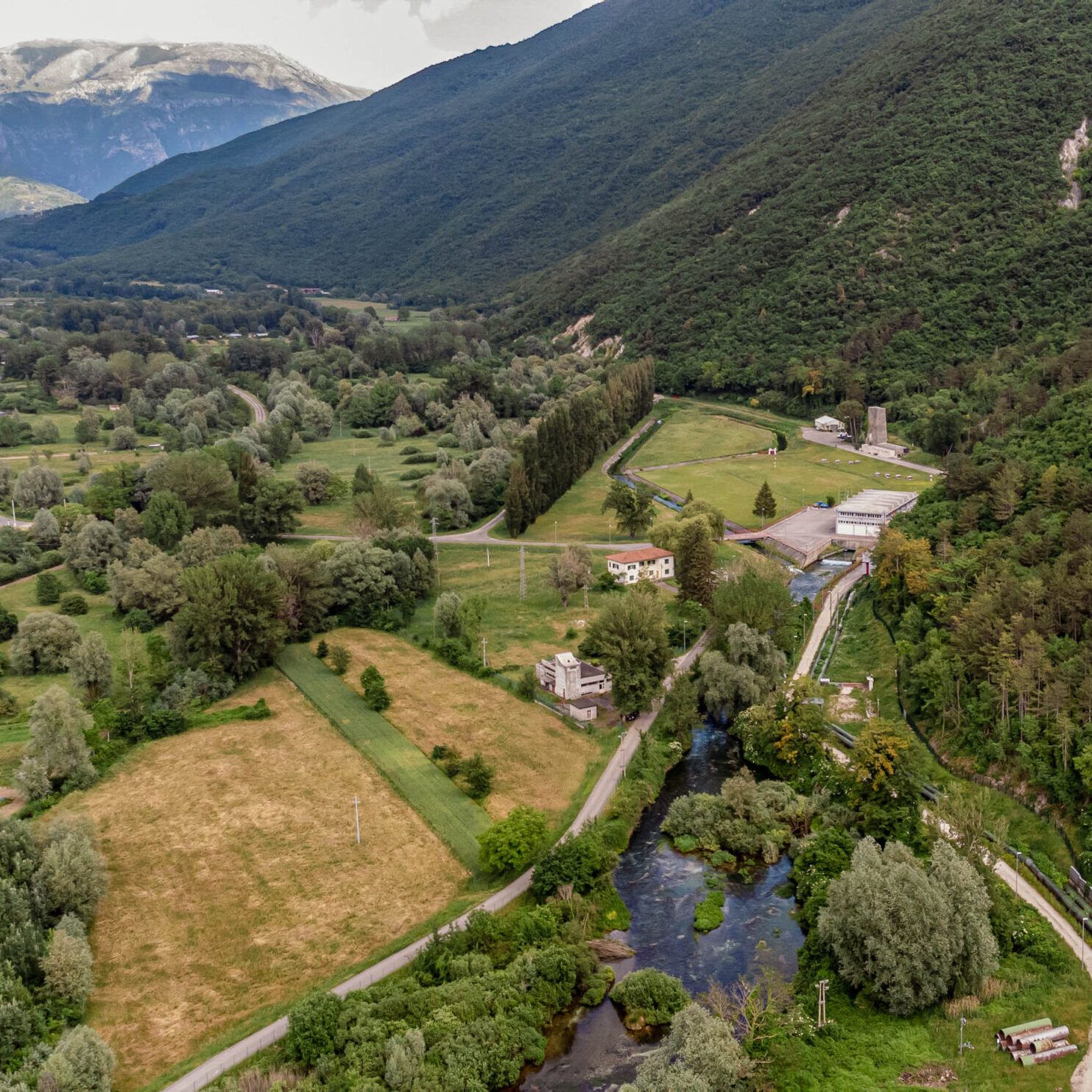
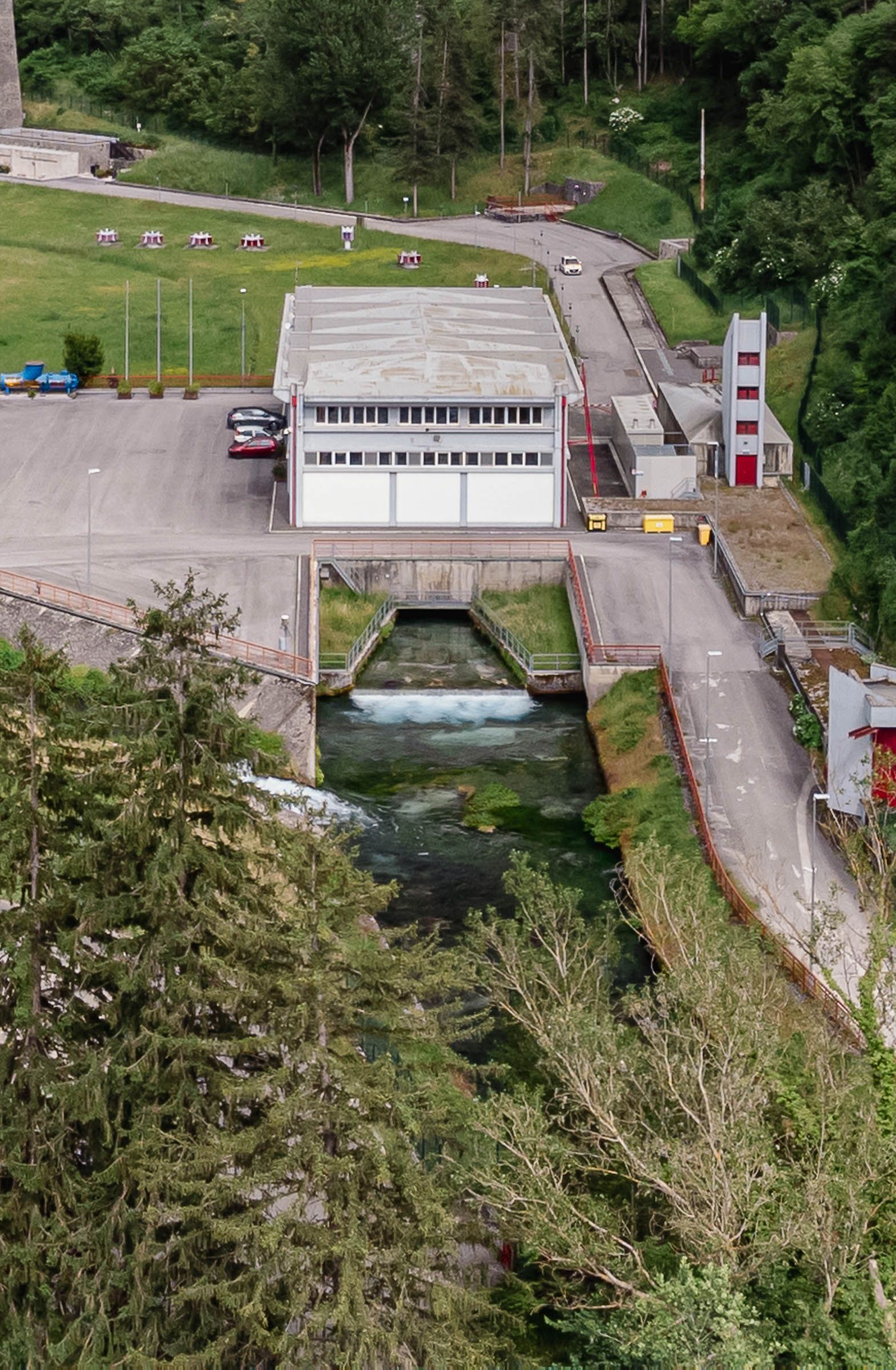
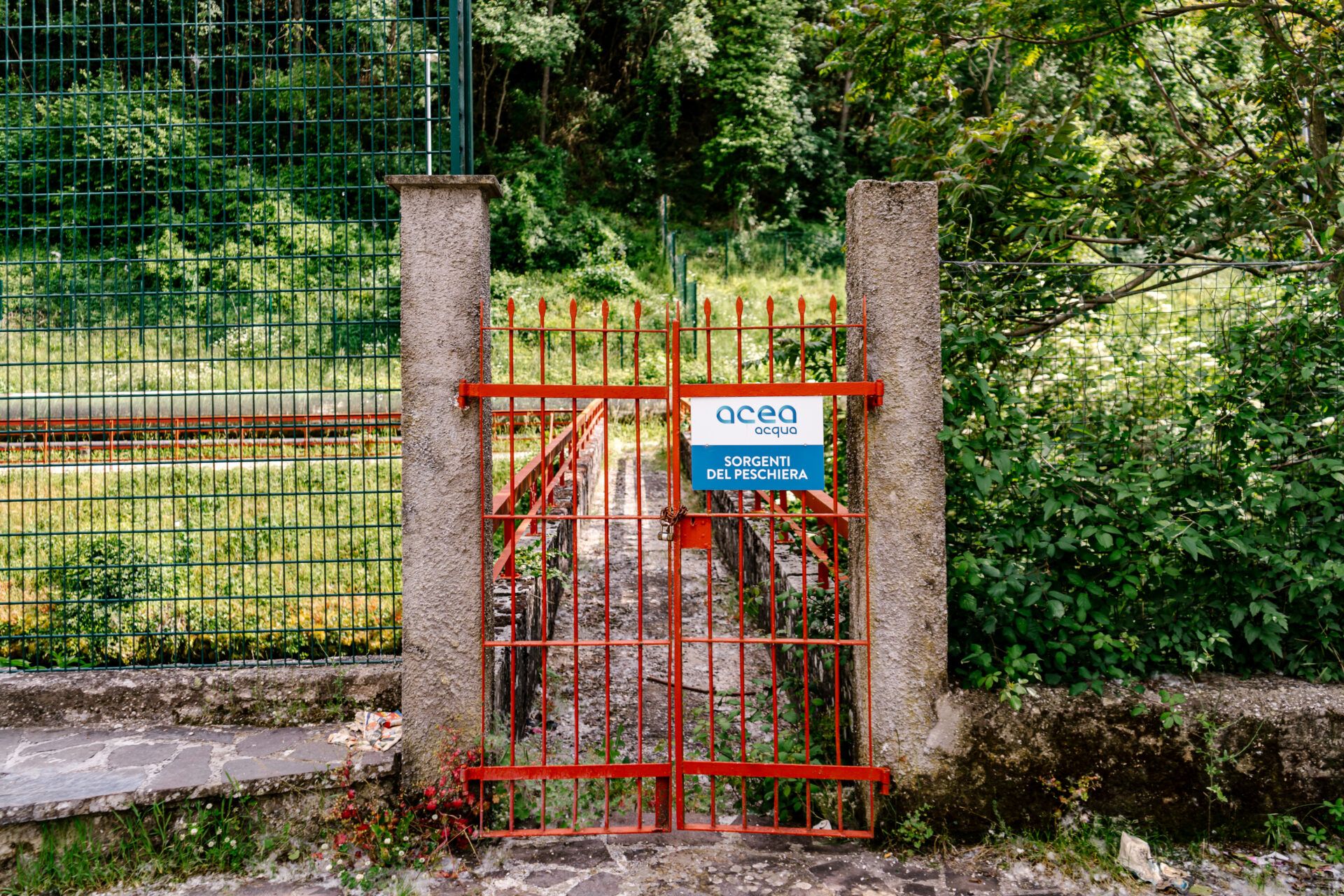
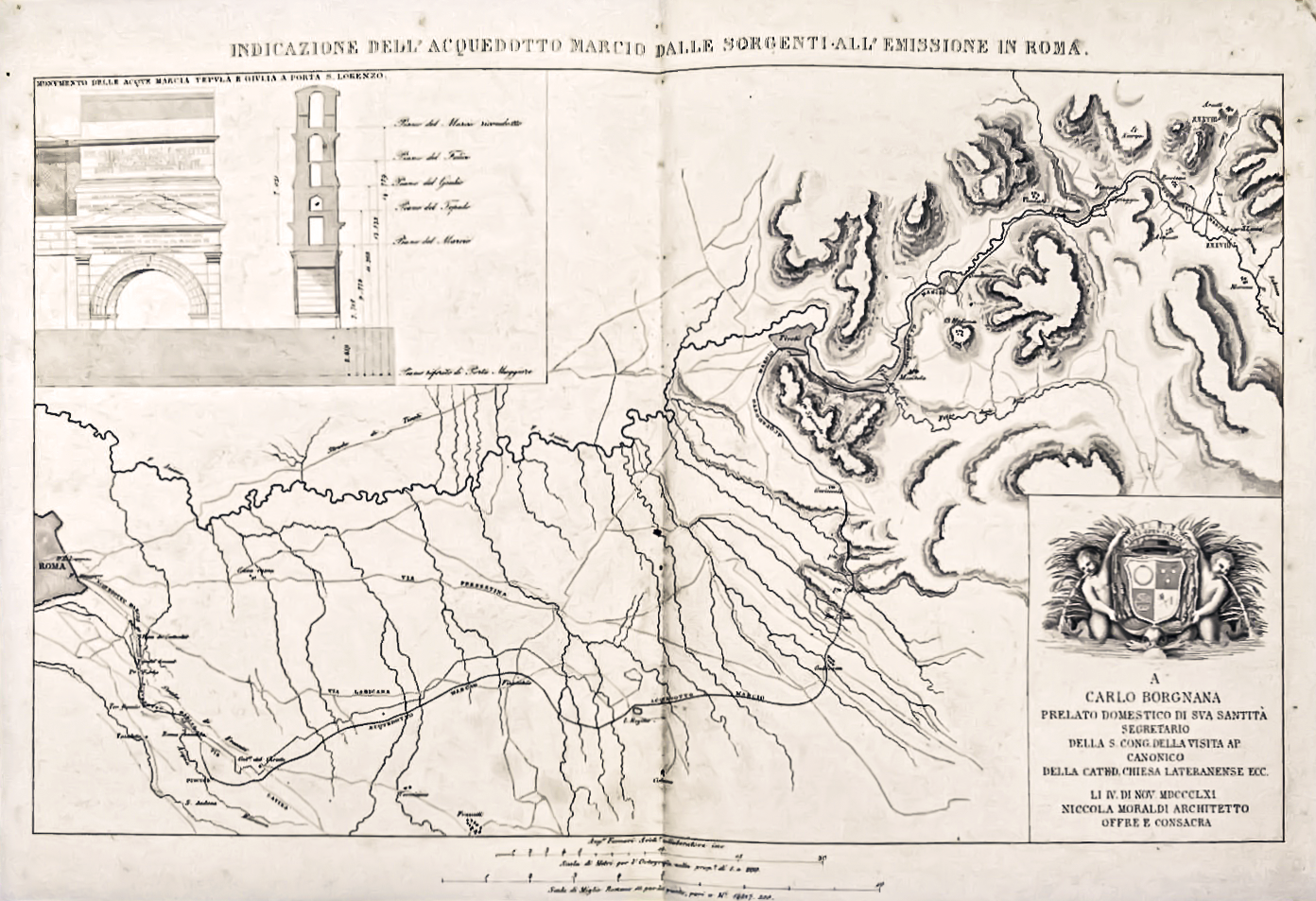
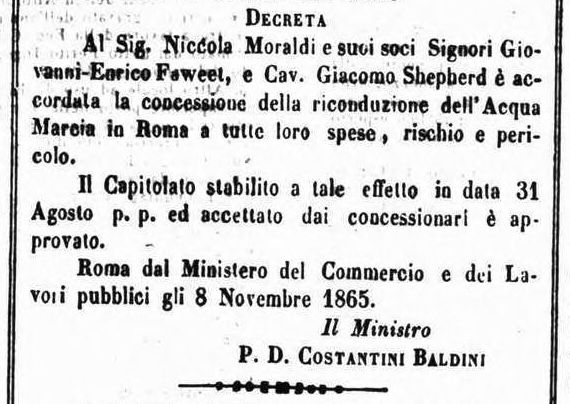









Israel now sources 70% of its drinking water from ocean desalination plants. Italy could easily do the same. The huge amount of sunshine available would make solar power an attractive way to lower the environmental and (in the long term) monetary cost of such schemes. I wonder why this wasn’t mentioned in the article? (desalination is only mentioned in relation to Tiber river as opposed to the ocean).
Ocean desalination for Rome was an approved although never implemented project. The costs of operating the system, providing enough energy to it, purifying the water, and the waste management of the resulting brine was, in the end, prohibitive. And the water quality is considered inferior than spring water. Current legislation considers water desalination a “last resort” option. The detail was omitted for brevity and clarity. You can reach out to me on Twitter for further information. (by the author)
Excellent article Gabriele. Fascinating. What a challenge the coming years will bring as Rome heats further.